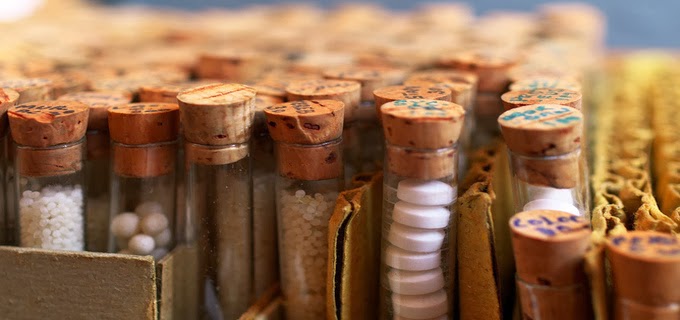Helleborus Niger is prepared from a flowering plant called Snow Rose. It is prepared by grinding the roots of the plant. The most important characteristic of a Helleborus Niger patient is that of becoming isorientated and being out of his mind. This results in a lack of coordination of the functions of the body. Moreover, the inflammation of the membranes of the brain and the spinal cord (the meninges) leads to the dysfunction of the nervous system and then insanity. Helleborus Niger is that medicine which, by the grace of God, relieves all these symptoms and restores the person to mental health once again. In the diseases of Helleborus Niger there is no voluntary control over the functioning of the limbs and the muscles, and their response to the message from the brain is delayed. The mind is clear and active, but the muscles do not respond properly in time because the basic nervous system has been affected. When something is said to a patient he does not react to it at all. It becomes necessary to jolt him in order to make him aware. His thoughts are scattered and he needs to be reminded again and again to make him do something or he will simply do nothing. The patient exhibits a strange type of drowsiness and insensitivity, which may lead to unconsciousness. Sometimes, the Helleborus Niger patient starts viewing Satan and evil spirits. He becomes fearful of having committed an unforgiveable sin. Such scary ideas are also noticed in Aurum, Lachesis and Stramonium.
Several remedies may be used in the treatment of
hydrocephalus,
which means an increase
in the size of the head due to build up of pressure inside the
skull (secondary to excessive accumulation of cerbro-spinal
fluid). The most effective, of course, is Silicea. Helleborus is also useful in treating this condition. When
the head of the child becomes enlarged and the eyes apparently sink, the
child may suddenly make dreadful screams. This symptom is
distinctively present in Apis. In Apis, the headache is of a stinging
nature. Apis would make the child feel better in this kind of pain
associated with
hydrocephalus, but Apis is relatively slow acting medicine.
In
contrast, Silicea is a fast-acting medicine. Helleborus
Niger is very effective in the treatment of excessive production of
cerebrospinal fluid and thus decreases the build-up of pressure in the skull (intracranial
pressure). Even if it may not cure, it would certainly benefit to some extent.
In the kind of epilepsy (petit mal) where the patient does not lose
consciousness and his eyes remain open, Helleborus is very useful. After the fit is over, the patient feels extremely weak
and drowsy. In a patient of Helleborus,
the headache moves
from inside out, causing pressure on the eyes and forehead. The eyeballs move upwards
and squint. The patient is very sensitive to light. The head feels heavy and
hot deep down. The patient groans with pain.
Despite being hungry, he cannot eat or drink anything. There is a sensation
of burning in the oesophagus, gas
in the stomach and rumbling over the stomach area. There is a
feeling of pressure over the stomach. The stomach hurts on walking and
coughing. General weakness is
a prominent feature of Helleborus, which may result in paralysis.
Helleborus is very effective in relieving the pressure
inside the urinary bladder, which results in the inability of the child to pass
urine. The urine is dark coloured. Helleborus is also famous for the treatment
of continuous uncontrolled movements in the arm and leg on one side of the body
(chorea and athetosis). The thumb becomes tightly contracted into the palm.
Blisters form between the fingers of the hand and toes of the feet. All these
symptoms need to be treated immediately with Helleborus.
The relationship of Helleborus to hydrocephalus has
already been described. The screaming of the children during sleep resembles
that of Apis. However, in the Apis patient, there are no involuntary movements
affecting one side of the body. In a patient of Helleborus, there is soft
pitting oedema of the skin with the formation of blue spots. Hair loss on the
scalp and breaking of the nails is also amongst the symptoms of Helleborus
Niger.





